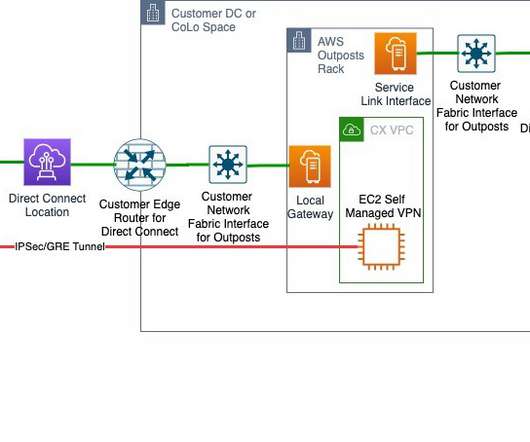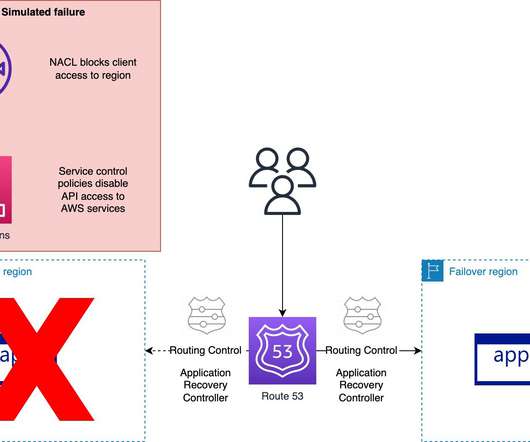Oracle Database Troubleshooting and Problem Resolution with Storage Snapshots
Pure Storage
MAY 18, 2022
With an ever-increasing dependency on data for all business functions and decision-making, the need for highly available application and database architectures has never been more critical. . Many databases use storage replication for high availability (HA) and disaster recovery (DR). Business Data Loss and Corruption.














Let's personalize your content